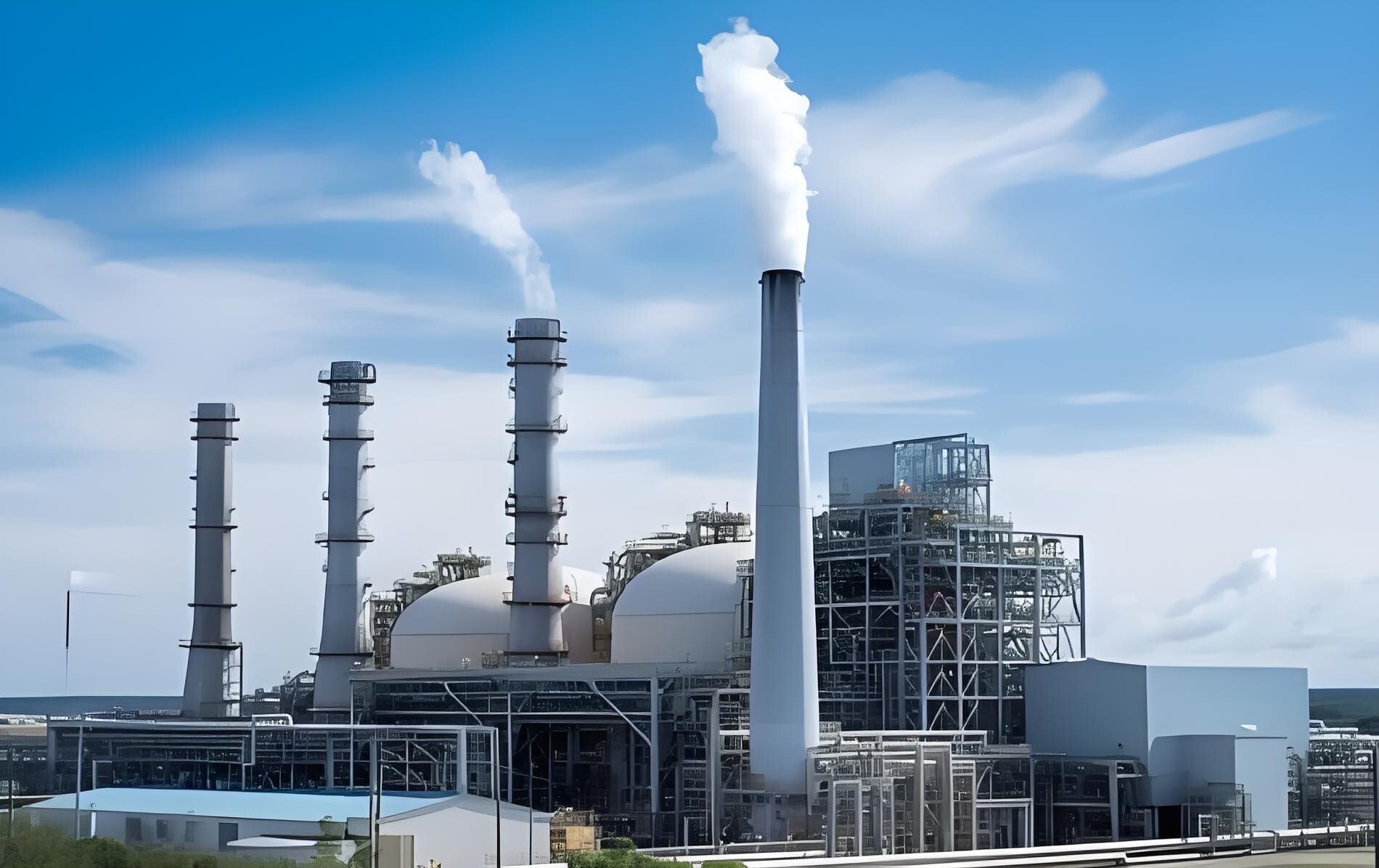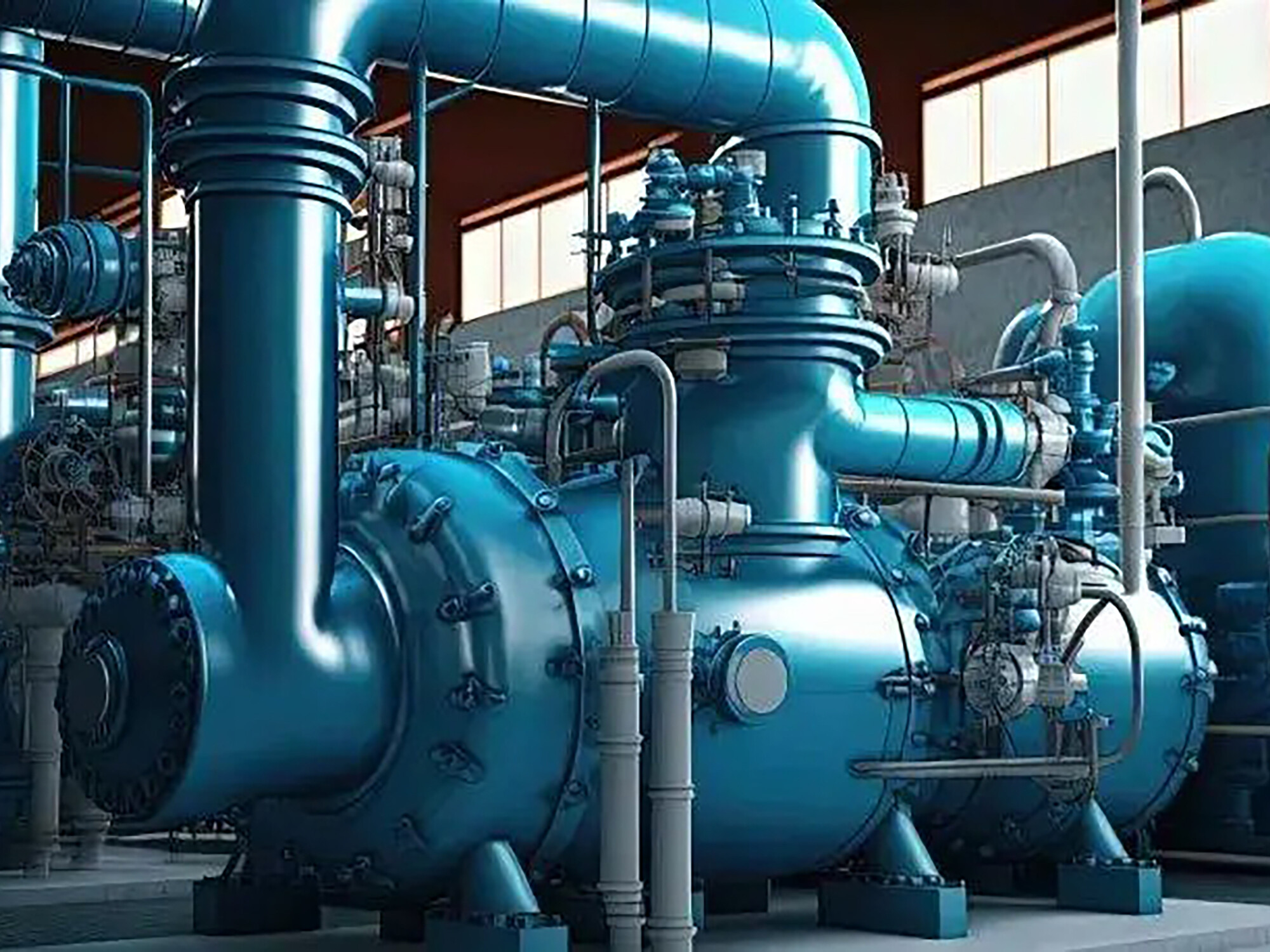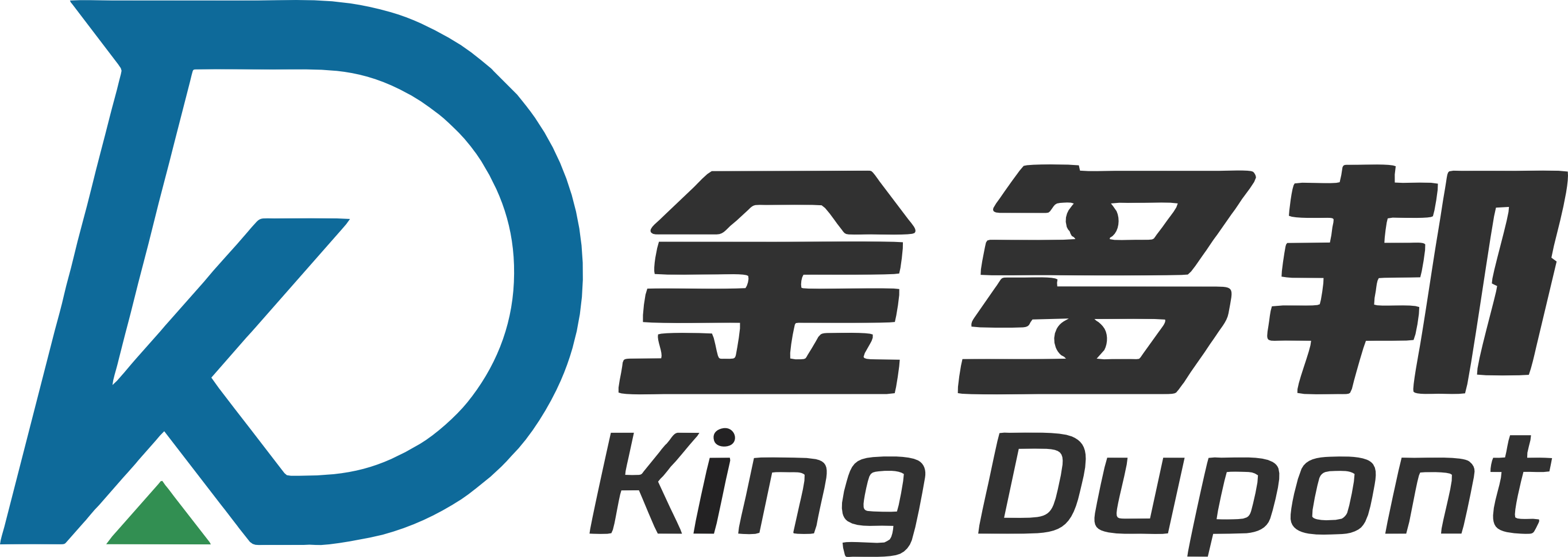The core role of KDP plate heat exchangers in industrial heat pumps
The core role of KDP plate heat exchangers in industrial heat pumps
Industrial heat pumps supply industrial production by absorbing low-grade thermal energy (such as waste heat, waste heat) and raising the temperature, while plate heat exchangers serve as their core heat transfer components, mainly responsible for the functions of evaporators, condensers, or intermediate heat exchangers. The application process can be summarized as follows:

In the heat pump cycle, a plate heat exchanger acts as an evaporator to absorb low-grade heat from industrial wastewater, exhaust gas, or process media. It evaporates and absorbs heat through refrigerants such as ammonia and CO ₂, completing energy transfer.
After being pressurized by the compressor, the temperature of the refrigerant vapor increases and enters the plate heat exchanger (as a condenser), releasing heat to the high-temperature side medium (such as process hot water and steam).
High temperature medium is efficiently transferred to the industrial production line through plate heat exchangers for process heating, drying, or steam generation.
The advantages of KDP plate heat exchangers in industrial heat pumps
Efficient heat transfer performance
The corrugated plate design of plate heat exchangers (such as herringbone and protrusion shapes) can excite turbulence at low flow rates, with a heat transfer coefficient of 3000-4500 kcal/㎡·℃· h, which is 3-5 times higher than that of shell and tube heat exchangers, significantly improving the energy efficiency of heat pump systems.
The compact structure reduces heat loss, with a volume of only 1/5~1/10 of the shell and tube type, suitable for industrial scenarios with limited space.
Flexible adaptation to complex working conditions
By adding or removing plates or adjusting process combinations (such as parallel flow and reverse flow), the temperature and pressure change requirements of the heat pump system can be quickly matched, such as achieving multi-stage heat exchange in high-temperature heat pumps (below 200 ℃).
We offer customized sheet designs (such as chocolate distribution boards, anti mixing double-layer boards) to ensure even flow of the medium and avoid local scaling.
Corrosion resistance and long lifespan
The sheet material is made of stainless steel (316L), titanium alloy or Hastelloy, which is resistant to strong acid and alkali media in the chemical and pharmaceutical industries. For example, titanium sheet is suitable for corrosion prevention in seawater source heat pumps.
The gasket material is selected based on the characteristics of the medium: nitrile rubber (NBR, oil resistant), ethylene propylene diene monomer (EPDM, high-temperature steam resistant), fluororubber (FKM, strong corrosion resistant), with a working temperature range of -55 ℃~150 ℃ to ensure long-term sealing.
Convenient maintenance and low operating costs
Modular design supports quick disassembly and cleaning, reducing downtime; The thermal resistance of dirt is only 1/5~1/10 of that of shell and tube type, which reduces the cleaning frequency.
The sealing gasket can be replaced separately to avoid the overall equipment being scrapped, which meets the economic needs of long-term operation of industrial heat pumps.
KDP's Key material selection: industrial compatibility between board and rubber pad
Board selection criteria
Suitable for general industrial media (water, steam), cost-effective, and mainstream in the market.
For corrosive environments such as chloride ions and seawater, such as waste heat recovery systems in chemical plants.
Used for extreme acid-base conditions, such as the utilization of acid waste gas and waste heat in the electroplating industry.


Optimization of rubber pad material
EPDM rubber pads comply with FDA standards and are used in the food and pharmaceutical industries to ensure that the medium is free from contamination.
Compressed asbestos pad (CAF) can withstand a high temperature of 260 ℃ and support the steam generation process of the heat pump.
Fluororubber (FKM) is resistant to hydrocarbon solvents in the petrochemical industry, while nitrile rubber (NBR) is suitable for grease media.
Typical industrial application cases
In the recovery of waste heat from distillation towers, plate heat exchangers are combined with titanium plates and fluororubber gaskets to achieve a temperature increase of 120 ℃ waste heat to 180 ℃ process steam, resulting in a 30% increase in energy efficiency.
Using sanitary grade stainless steel plates and EPDM rubber pads to avoid cross contamination during the heating process of purified water and meet GMP standards.
Utilizing multi-stage plate heat exchangers to achieve integrated pasteurization and heat recovery, reducing energy consumption by 20%.

King DuPont, China famous brand of heat transfer and fluid handling supply platform.
Contact

Get Free Quotes
NEED TO CHAT?
We will get back to you within 24 hours of receiving the message.

